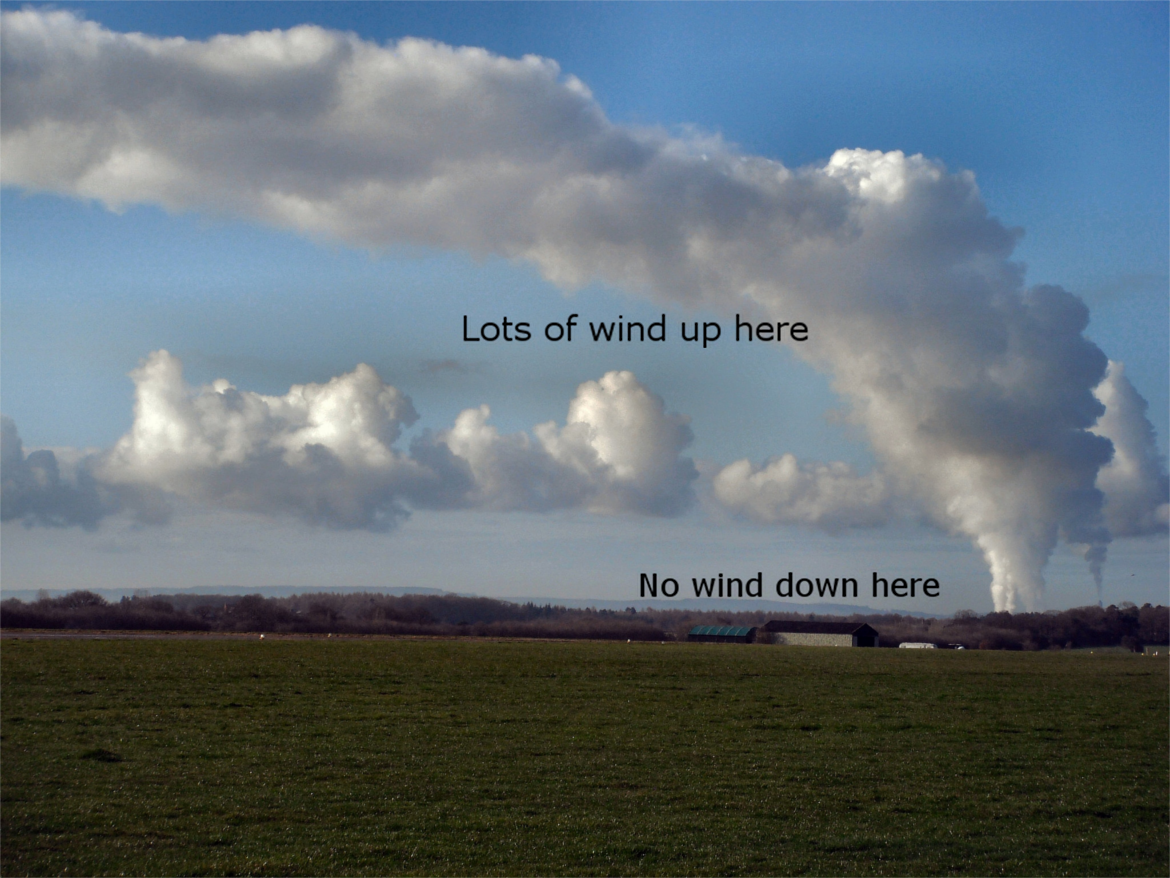At SailZing, we’re all about finding better ways to communicate complex concepts so you can become a better sailor. We’ve been reluctant to tackle wind strategy, because every resource we reviewed seemed to be too dense even for us theory buffs. Our reluctance has changed since we found Wind Strategy, by David Houghton and Fiona Campbell.
If you want to invest a modest amount of time to unlock the mysteries of wind and improve your racing strategy, this is the book to get. We’ll dig into this topic further in future posts.
Do We Need to Study the Weather?
It is too easy now to look at a weather app or online forecast and feel like it’s sufficient to base your weather strategy on when racing. I would encourage every racing sailor to not be satisfied with this.
Ian Walker, in the forward to Wind Strategy
Plenty of sailors do well enough without knowing much about the weather or wind. Many sailors look at the forecast only for rudimentary information. Yet, top level sailors have learned to use a variety of rules of thumb about the wind. Some sailors even subscribe to location-specific forecasts for big regattas, even on lakes.
How can there be breeze with no ripples on the water? Should I sail towards a cloud? Will the wind be more favorable toward shore? These are questions you might want to be able to answer when racing. Wind Strategy will help you with these and other questions, without overwhelming you.
About the Authors
David Houghton was a passionate sailor and meteorologist. He first wrote Wind Strategy in 1986. He refined the book through three subsequent editions, using his experiences as an advisor to Olympic, America’s Cup, and other high-level sailing teams. For his efforts, he was awarded a British Royal Society prize for increasing the general public’s understanding of meteorology, including groups such as sailors. He passed away in 2015.
Fiona Campbell is also a sailor and meteorologist, and worked alongside David for many years. She took over from David as the U.K. sailing team advisor and co-authored the 2005 and 2016 editions of the book.
What We Like About Wind Strategy
The book covers the same concepts as most books on weather for sailors, but the approach is more straightforward. With only 137 pages and plenty of illustrations and examples, you have a better chance of getting through this book.
For example, in five short pages, you learn about the gradient wind and the effects of drag and stability on the surface wind. In this same short section, you quickly see why the surface wind changes more over land than at sea in a 24-hour period.
The book also helps you apply the concepts, with rules of thumb as well as explicit subsections on tactics in most chapters. Admittedly, some of these are hard to apply, but this will get easier over time as you try to interpret your observations based on the concepts in the book.
Here are some examples of the book’s explanations and/or rules of thumb that you can apply even on lakes.
- Difference in direction between gradient wind and surface wind
- What to expect from “lake breezes” on lakes
- Types of clouds that indicate changes in the wind
- Distance from a shore with obstacles to get the best wind
Disclaimers
Even though Wind Strategy does a good job of explaining wind and applying it to sailing, several disclaimers apply:
- The subject is still complex, and it will take some concentration to get through it.
- Small lakes have fewer rules of thumb. The authors would consider almost all of our inland lakes as small lakes.
- Your own observations are just as important as the forecast. The authors tell us to “never reject either the forecast or [your own] observations. The more you practice putting them together the better your judgement in a race will be.”
Wind Lanes: Accurate Wind Indicators?
The Spectrum of the Wind: Higher Performance Sailing
Wind Shear and Gradient Effects on Trim & Strategy – dr Laser





